blog
Book Review: Doug’s Gym: The Last of its Kind by Norm Diamond
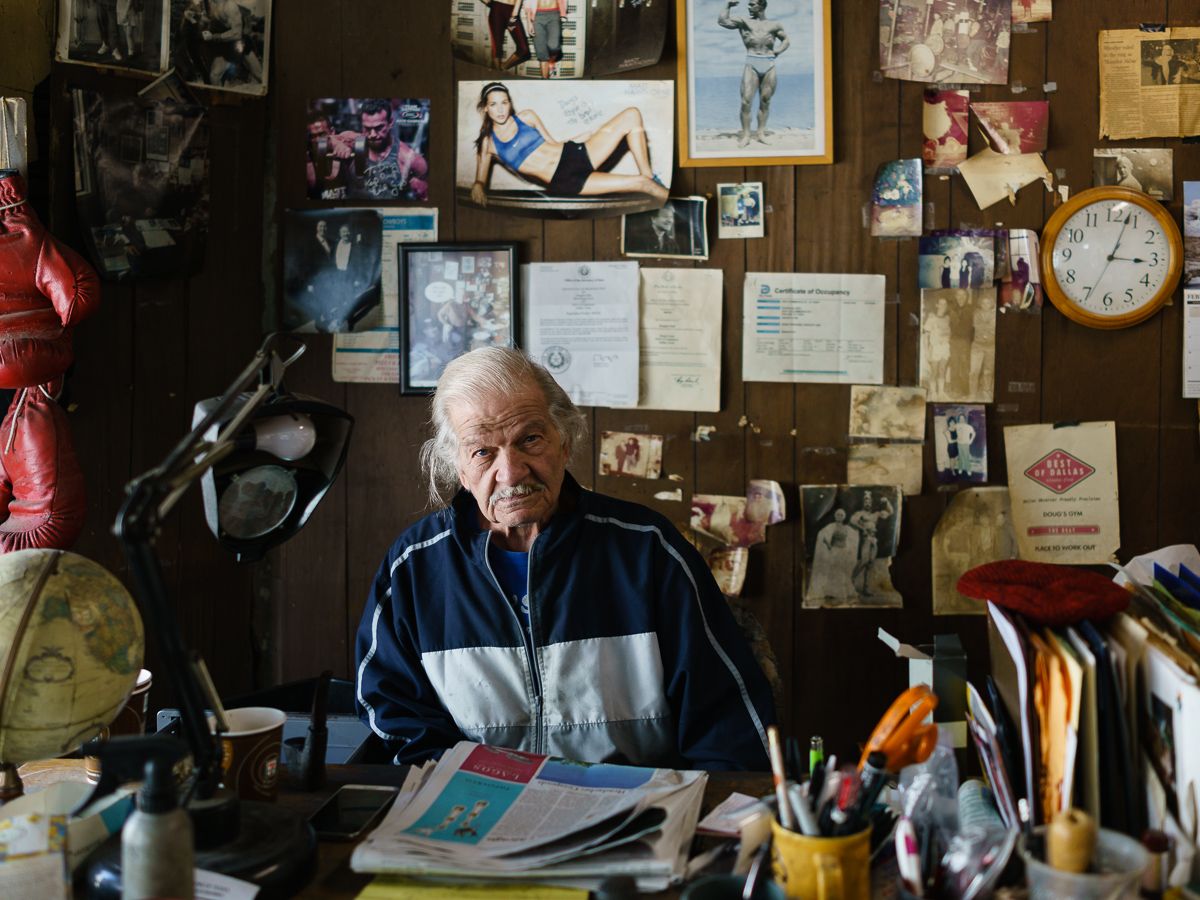
Doug at his desk © Norm Diamond
Norm Diamond notes that on his first trip to Doug Eidd’s gym in downtown Dallas, he climbed a sagging wooden staircase to find a rundown old gym above a storefront attorney’s office. The place held a sense of an outmoded era, and while Diamond avoided gyms for most of his life, he was attracted to this one for its themes of memory, loss, and mortality. After officially joining, working out, and taking pictures on a regular basis, he realized there was more than aesthetics at play here. But not long after Norm began the project, the building ownership changed, and Doug’s Gym faced a billowing rent payment in order to remain in business. Due to his age and costs, Doug decided to close after 55 years. All things come to an end.
The inevitable cycle of life is a theme Norm explores here and in his preceding book, What is Left Behind: Stories from Estate Sales. The project features photographs of items at estate sales which explore themes of memory, mortality, and cultural history. Doug’s Gym embraces some of that same ethos with its old-school charm and endearing characters. According to Norm, “It was not like these new fitness places. Doug didn’t care one bit about stuff like that…eating herring out of a tin can with jack knife, and smoking cigars…all in this ramshackle place with peeling paint… and Doug didn’t care. That’s what drew a lot of people there.”
In Doug’s Gym there is a sense of respect and affection for the location and the man. “He really reminded me of my father,” Norm says, “they were both born during the depression and had many of the same attitudes about life.” The gym members who returned religiously accepted and embraced the gym for how they saw it and understood it. Norm describes Doug (87 years old when the project was shot) as strong but frail, and the gym itself as rickety yet fully functional. Sheer grit and determination are not to be underestimated. If it ain’t broke, don’t fix it.
As an interventional radiologist, Norm faced loss and mortality as a routine part of his career spanning 40 years. While this fact is often used to be a frame of reference for Norm and his work, I find his work to be poignant and profound. I discuss this with Norm, and ask about his favorite aspect of the book. He mentions that his view of the world can be a bit dark, yet he speaks insightfully of Doug, the gym and the people who were members. “Just like me, many people seemed to be drawn to the gym just by the physical aspect of the place,” Norm says. “But I also saw a sense of opposing forces in Doug… that sense of struggle and strength… trying to stay strong and keep the gym going in the face of oncoming frailty, and ultimately mortality. Of course in the end, it’s always a losing battle.”
Norm’s sensibility for capturing the essence of the gym is spot on. The act of looking is an important underlying theme in his work. He looks at the gym, and he sees the gym; like his use of natural light coating the surfaces of the gym equipment like a cozy blanket. Attentive portraits provide chiaroscuro vignettes of individuals who are as much a part of the gym as its decor. We see sunlight skim the surface of peeling paint on the walls, and a sagging tin-ceiling coated with a patina of hot Texan air, sweat, and cigar smoke providing the hues. I’m drawn into the details and left wondering how many years an image of Marilyn Monroe was held in place with staples, or how long it takes clear cellophane tape to turn that amber shade? Norm writes this description in his essay, “The place was so dilapidated that is was somehow beautiful at the same time. I had entered at time capsule that had yet to be buried.”
I get this tingly feeling when experiencing a situation of heightened concentration – whether it’s my own action, or that of another person who is completely focused on something at hand. It feels like flirting with the fringe of fascination, and pulling back just in time. To stop and look, to see, the beauty in the object before me… as if the act itself can stop time, and maybe I can hold that feeling of fascination and focus for a few minutes longer. Let’s cheat the perpetual march of time just a bit, let’s be immortal for a few more seconds. Norm is able to give that type of attention through his photographs. His concentration on the details and how they fit into the big picture is at the heart of his projects. Whether it’s looking at or listening to a person, place or thing, his work embodies the skilled practice of looking, listening and seeing; even if his view of the world may be a bit dark. But we keep up the struggle…even against the losing odds of cheating time and death, and the impending finality of it all.

Front Windows from Doug’s Gym © Norm Diamond
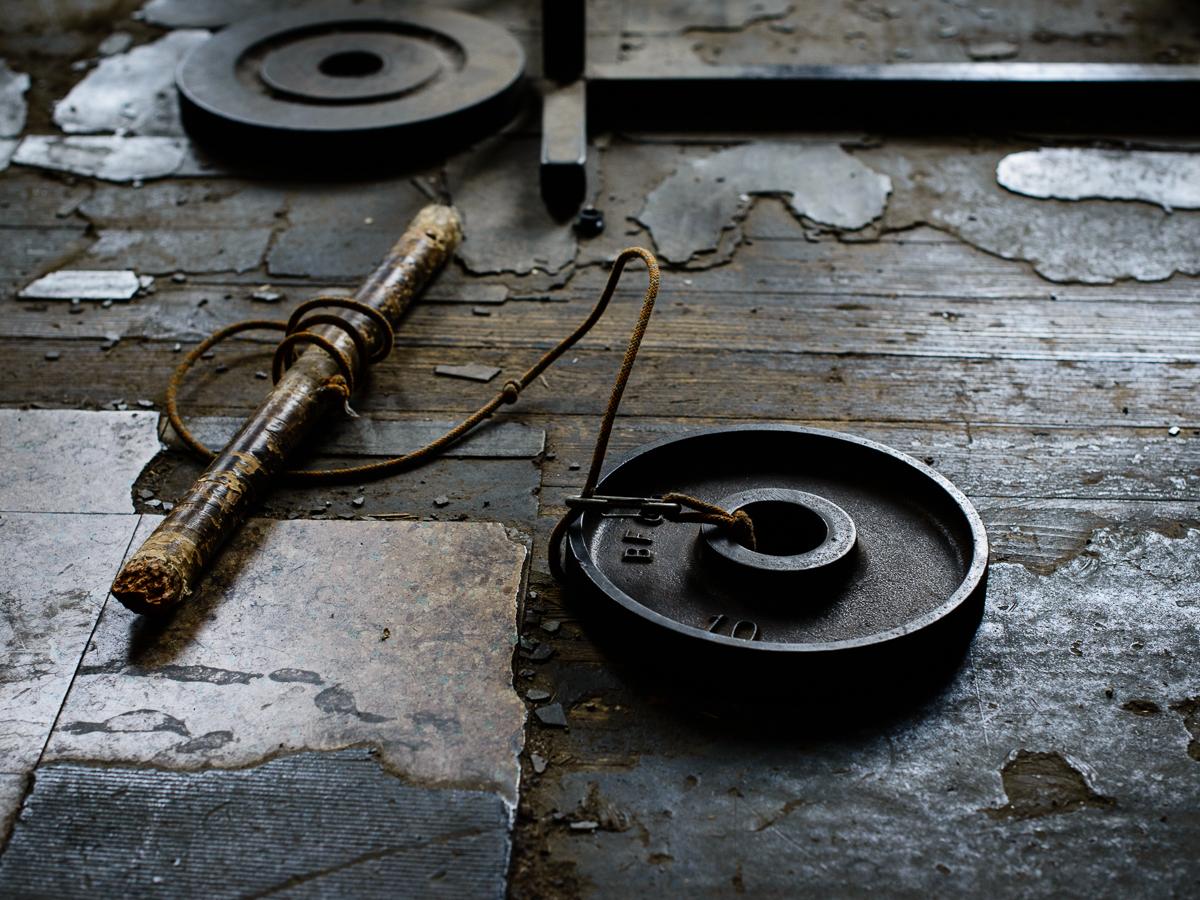
Wrist Roller © Norm Diamond
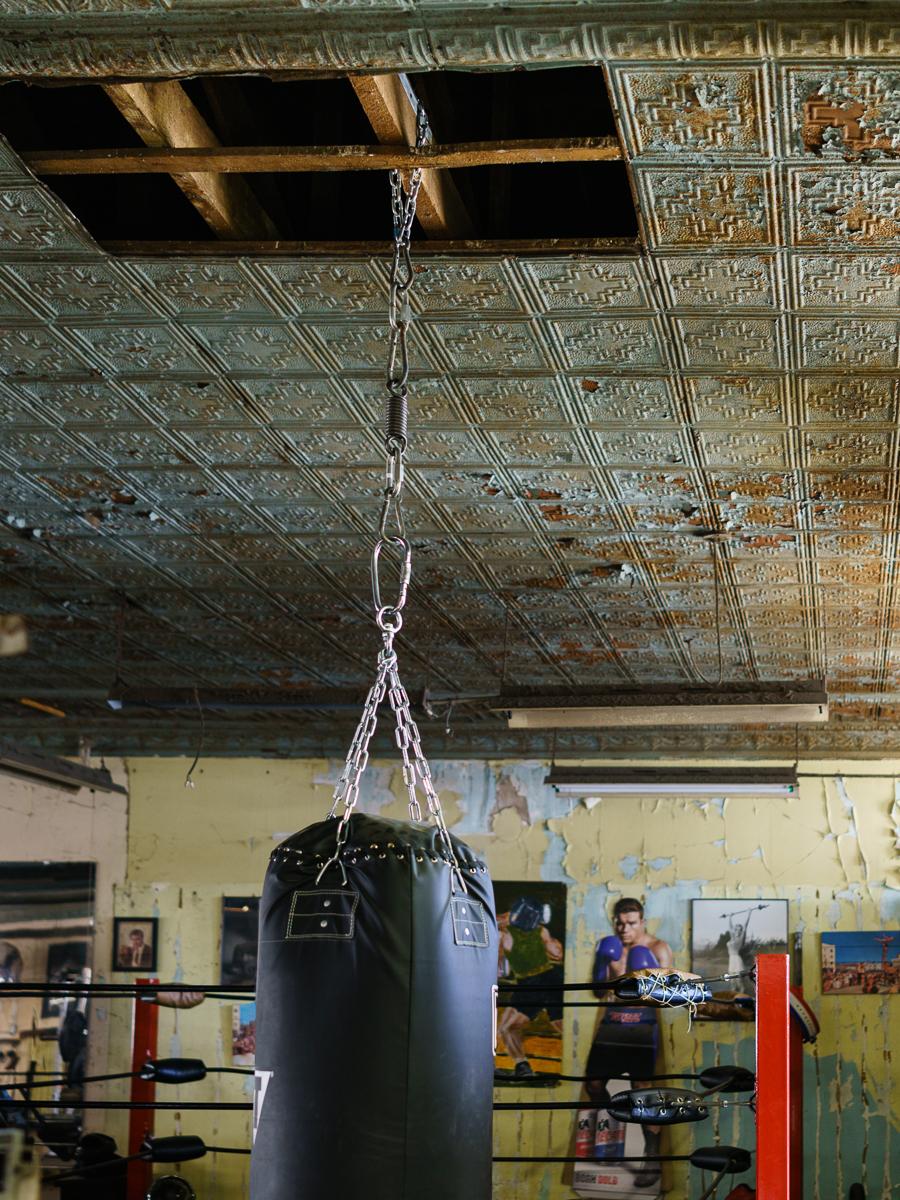
The Heavy Bag © Norm Diamond
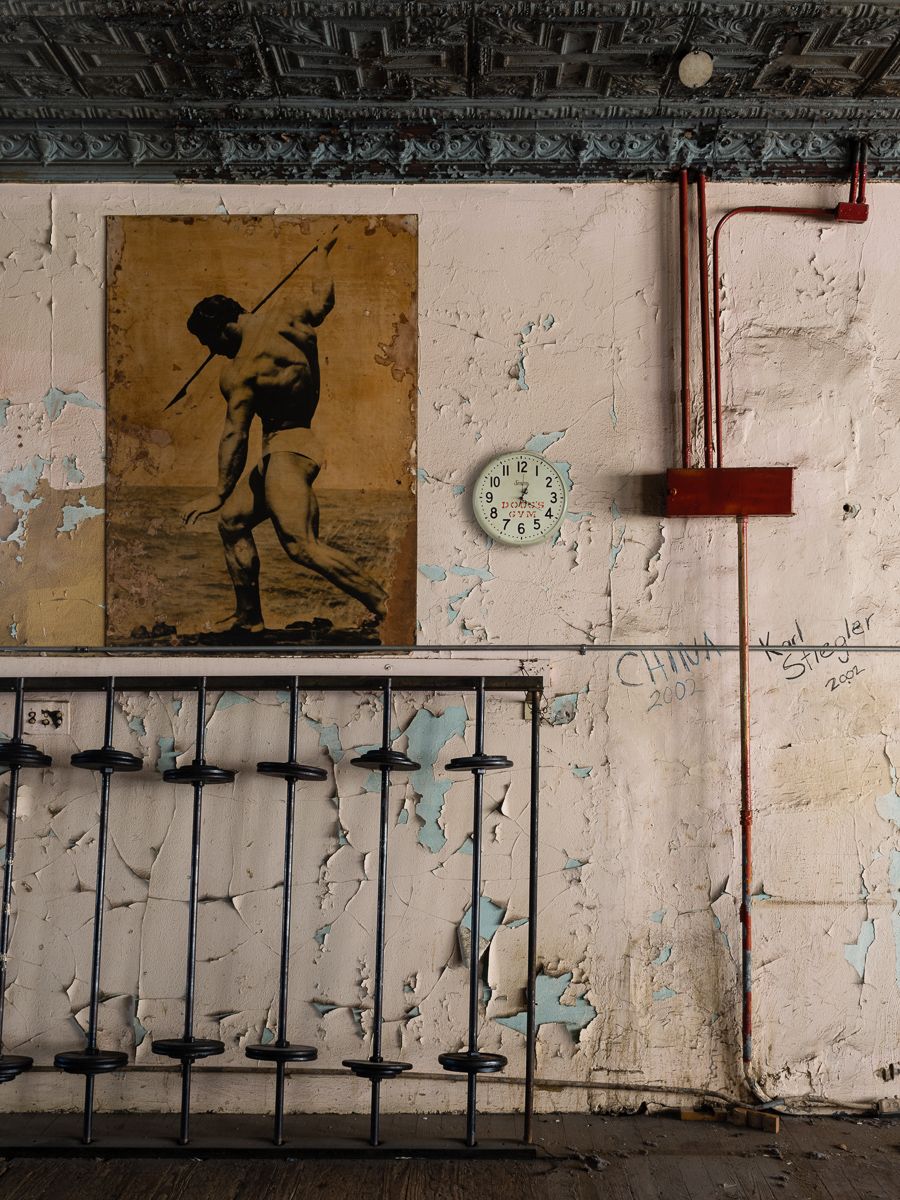
West Wall No. 1 © Norm Diamond

Hanging Gloves © Norm Diamond
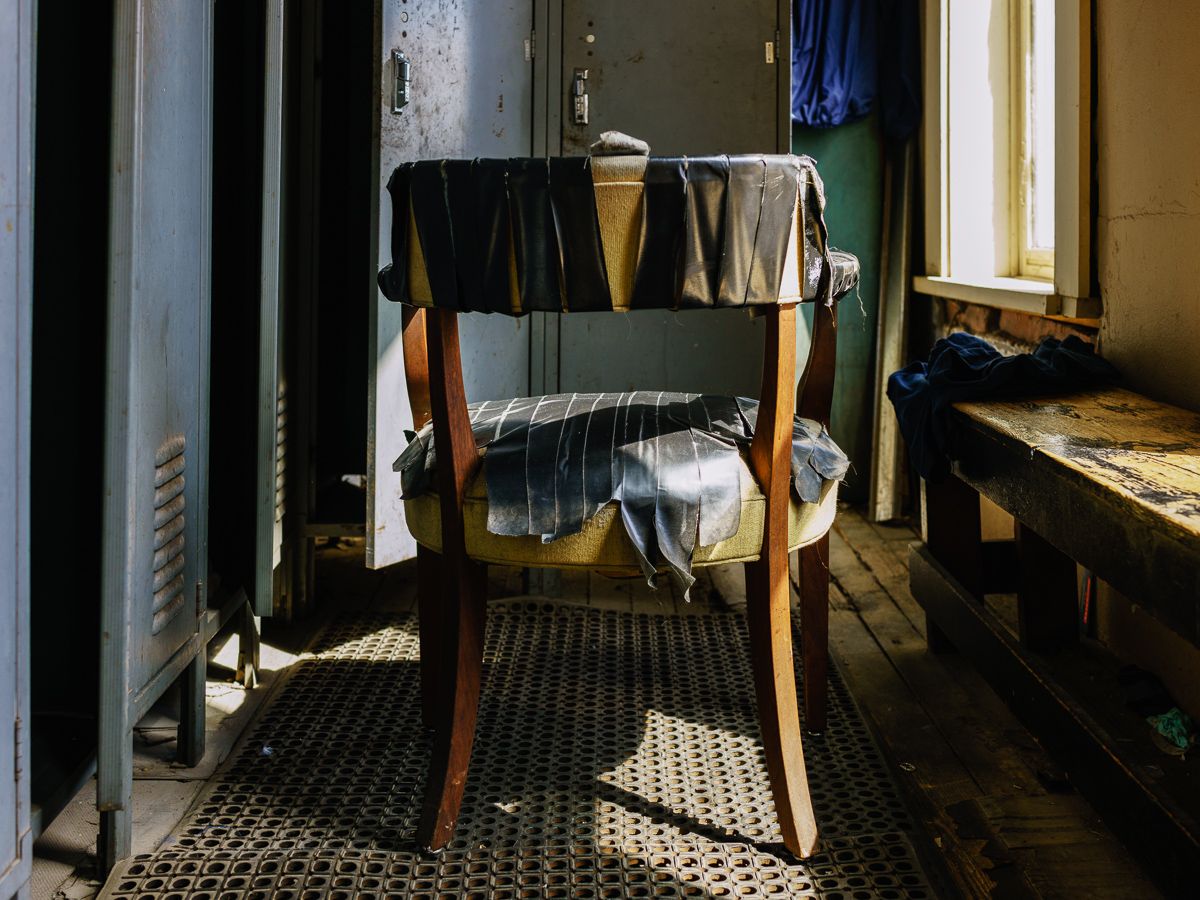
The Chair © Norm Diamond

Down to the Nub © Norm Diamond
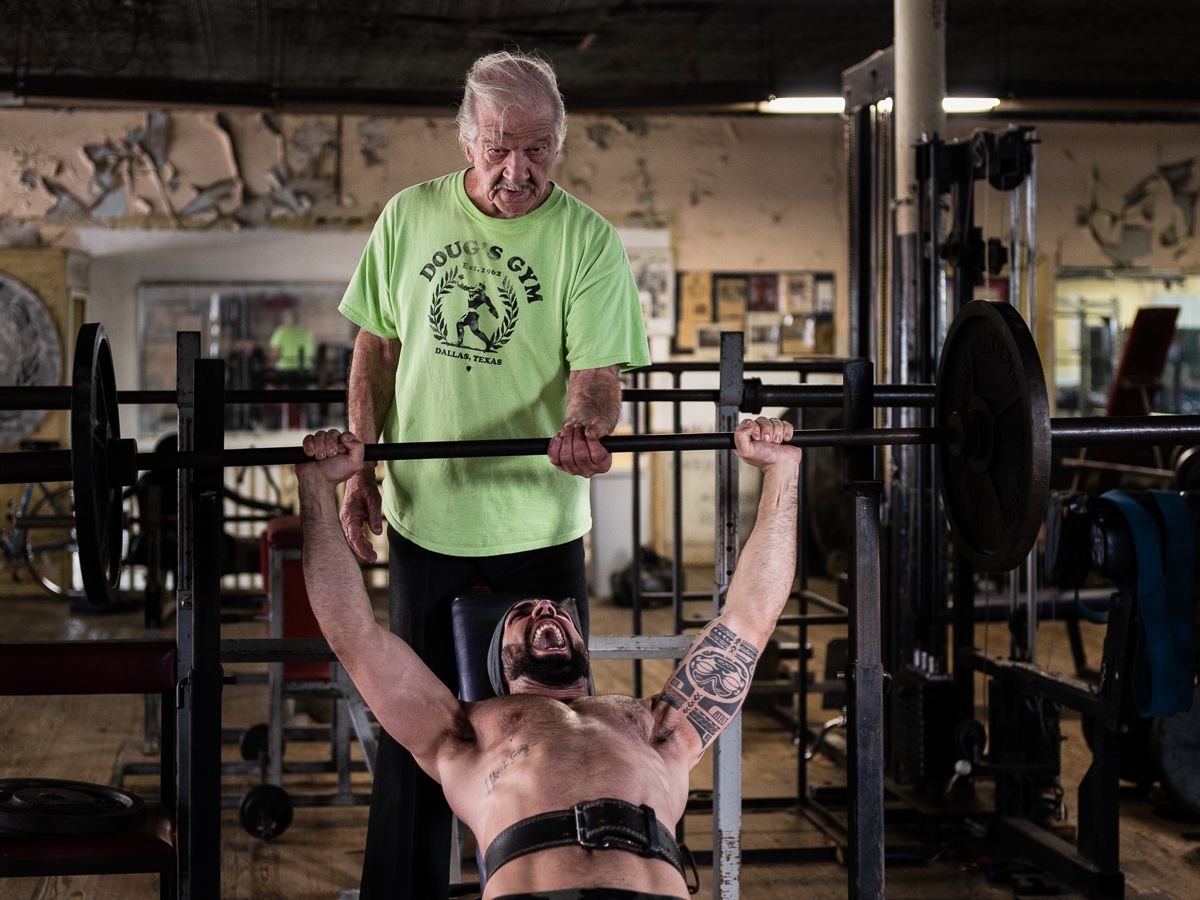
Doug and Sauro © Norm Diamond
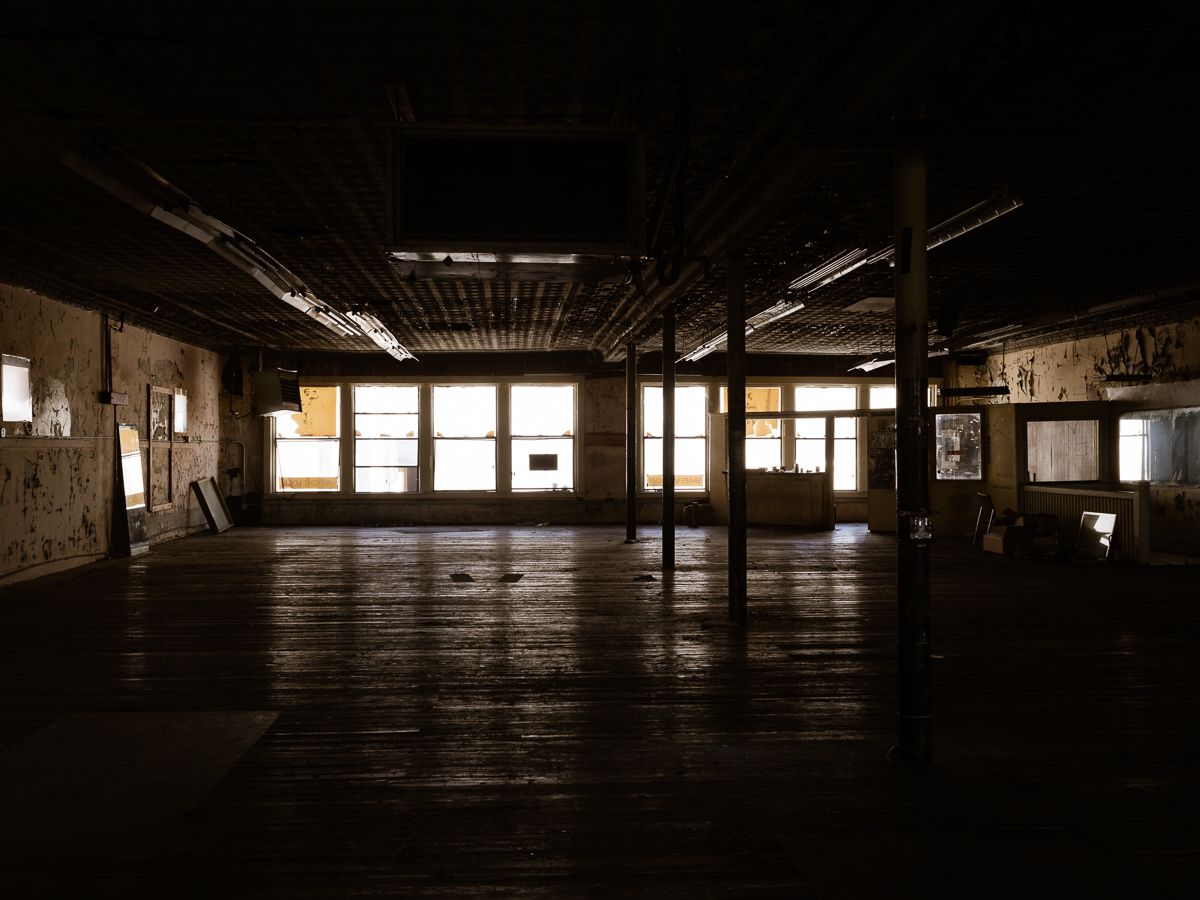
Empty After 55 Years © Norm Diamond
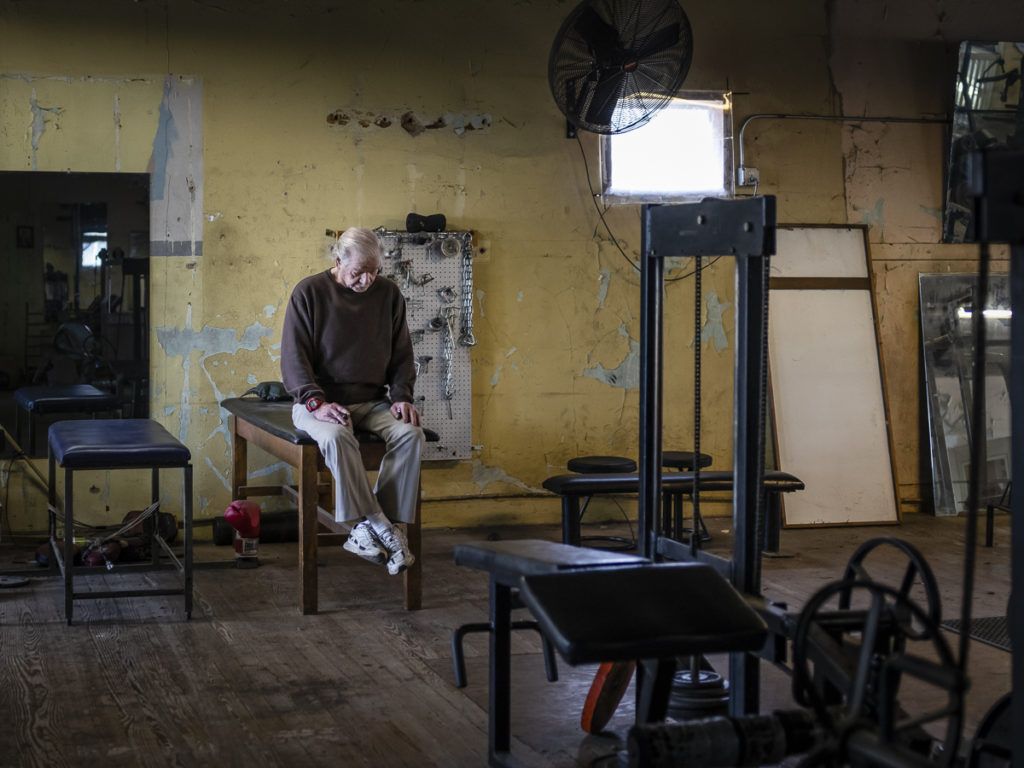
Last Weeks © Norm Diamond
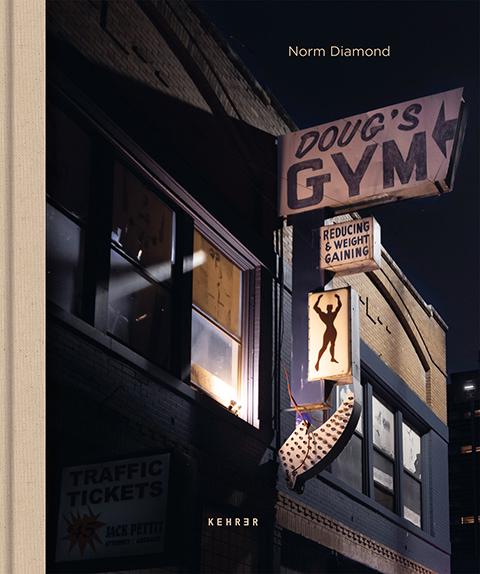
Doug’s Gym: The Last of its Kind by Norm Diamond
With an Essay by Roy Flukinger
Hardcover: 112 pages
Published by Kehrer Verlag
Norm Diamond is a fine art photographer based in Dallas, Texas. He has studied with Jay Maisel, Debbie Fleming Caffery, Keith Carter, Arno Minkkinen, Aline Smithson, Sean Kernan, Susan Burnstine, and has been mentored since 2013 by Cig Harvey. Diamond was a finalist in the Photolucida Critical Mass competitions of 2015, 2016, 2018, and 2019.
Location: Online Type: Book Review
Events by Location
Post Categories
Tags
- Abstract
- Alternative process
- Architecture
- Artist Talk
- artistic residency
- Biennial
- Black and White
- Book Fair
- Car culture
- Charity
- Childhood
- Children
- Cities
- Collaboration
- Community
- Cyanotype
- Documentary
- Environment
- Event
- Exhibition
- Faith
- Family
- Fashion
- Festival
- Film Review
- Food
- Friendship
- FStop20th
- Gender
- Gun Culture
- Habitat
- Hom
- home
- journal
- Landscapes
- Lecture
- Love
- Masculinity
- Mental Health
- Migration
- Museums
- Music
- Nature
- Night
- nuclear
- p
- photographic residency
- Photomontage
- Plants
- Podcast
- Portraits
- Prairies
- Religion
- River
- Still Life
- Street Photography
- Tourism
- UFO
- Water
- Zine

Leave a Reply